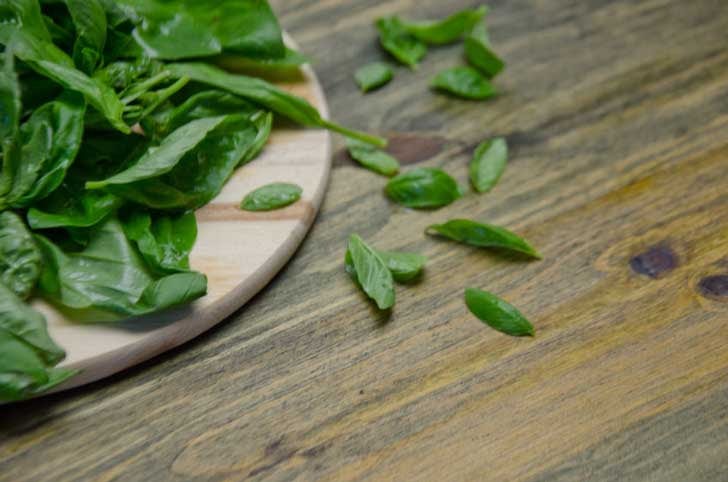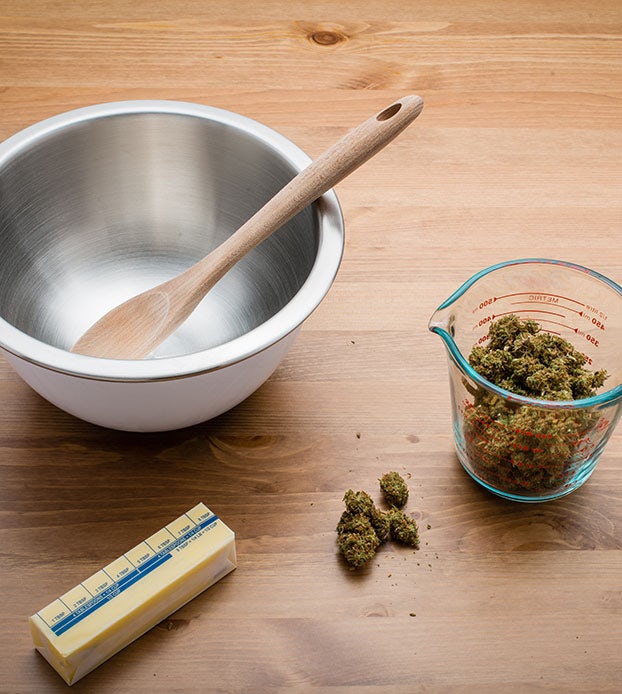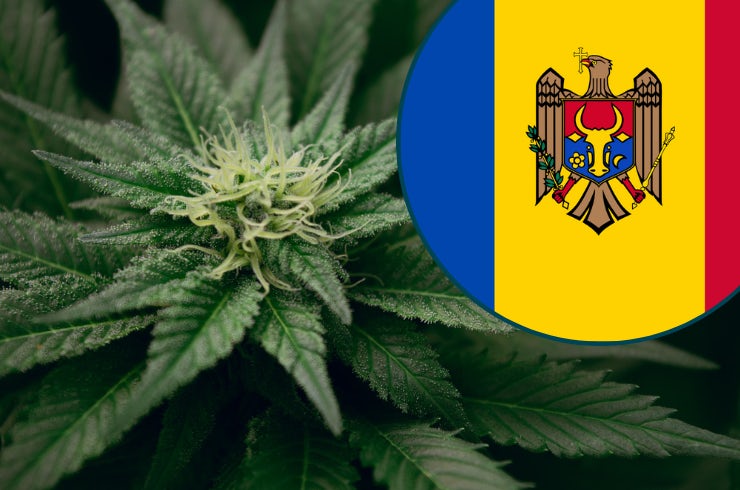Myrcene is a naturally occurring terpene found in a variety of plants, herbs and spices such as hops, peppercorns, mangoes and lemongrass. Terpenes are found in the resinous glands of cannabis plants (trichomes) and contribute to chemovar’s distinct properties.
The smell of Myrcene is herbal with earthy and fruity notes. It’s the most prevalent terpene in cannabis plants in North America and Europe and is often associated with the couchlock effect that is common in sedative chemovars (often referred to as “indica” strains). Other effects associated with Myrcene include anti-inflammatory and analgesic as well as muscle relaxant properties.
Where is it found?
Myrcene is abundant in nature. Its namesake is derived from Myrcia sphaerocarpa, a medicinal shrub found in Brazil. It can also be found in a variety of sources such as sweet basil, bay leaves, lemongrass, wild thyme, parsley, mango and hops.

How common is it in cannabis?
Myrcene is often dubbed “the mother of terpenes” as it is the most commonly occurring terpene in cannabis plants. One test conducted by Leafly found6 that, “on average, myrcene represents over 20% of the terpene profile in modern commercial strains.”
High levels of Myrcene are sometimes used as an indicator that a particular chemovar is an “indica,” or is primarily sedating, although high levels are often found in chemovars labeled sativa and hybrid. Anecdotally, chemovars that are popularly known for their sedative effects typically include kushes, OGs and chemovars with “purple” in the name. That being said, there is no standard definition for strains and their chemical profile (how much THC or CBD, what dominant terpenes and to what extent, etc). Furthermore, strains’ chemical profile can be affected by environmental factors and growing methods, and vary from crop to crop. So in order to really know what’s in a particular product or flower, check its certificate of analysis whenever possible.
A 2017 study analyzed 233 samples representing 30 cultivars to identify terpene content. They found that the following chemovars tested highest for Myrcene levels: Godfather, Purple Urkle, Taho OG Kush, Purple Princess, Strawberry Haze and Grape Ape.
What are its effects? What else is it used for?
There’s evidence that supports the potential of myrcene to help treat conditions and symptoms such as multiple sclerosis, insomnia, arthritis, inflammation, and pain.
It acts as an anti-inflammatory agent and has analgesic properties that suggest therapeutic potential of formulations containing Myrcene. It also demonstrated sedating properties and potentiated barbituate-like sleep at high doses in mice. It also enhances transdermal absorption and is an effective antimicrobial agent. Research has also shown Myrcene has powerful anticatabolic effects in a human model of osteoarthritis. It has also shown to have protective effects against induced genotoxicity in human cells and has antimutagenic effects as well.
Urban legend has it that eating a mango may intensify the high you get from cannabis, but that has been largely debunked.
References:
https://pubmed.ncbi.nlm.nih.gov/28826544/
https://www.ncbi.nlm.nih.gov/pmc/articles/PMC3165946/
https://www.sciencedirect.com/topics/agricultural-and-biological-sciences/myrcene
https://www.sciencedirect.com/science/article/pii/S0168945219301190
https://www.leafly.com/news/science-tech/myrcene-terpene
https://www.ncbi.nlm.nih.gov/pmc/articles/PMC5436332/
https://headachejournal.onlinelibrary.wiley.com/doi/full/10.1111/head.13345
https://www.ncbi.nlm.nih.gov/pmc/articles/PMC3165946/
https://www.ncbi.nlm.nih.gov/pmc/articles/PMC6768052/
https://www.sciencedirect.com/topics/agricultural-and-biological-sciences/myrcene
https://onlinelibrary.wiley.com/doi/pdf/10.1002/ffj.993
https://www.sciencedirect.com/topics/agricultural-and-biological-sciences/myrcene
https://www.ncbi.nlm.nih.gov/pubmed/19049815
https://www.sciencedirect.com/science/article/abs/pii/S0378427497000349
Sign up for bi-weekly updates, packed full of cannabis education, recipes, and tips. Your inbox will love it.

 Shop
Shop Support
Support















